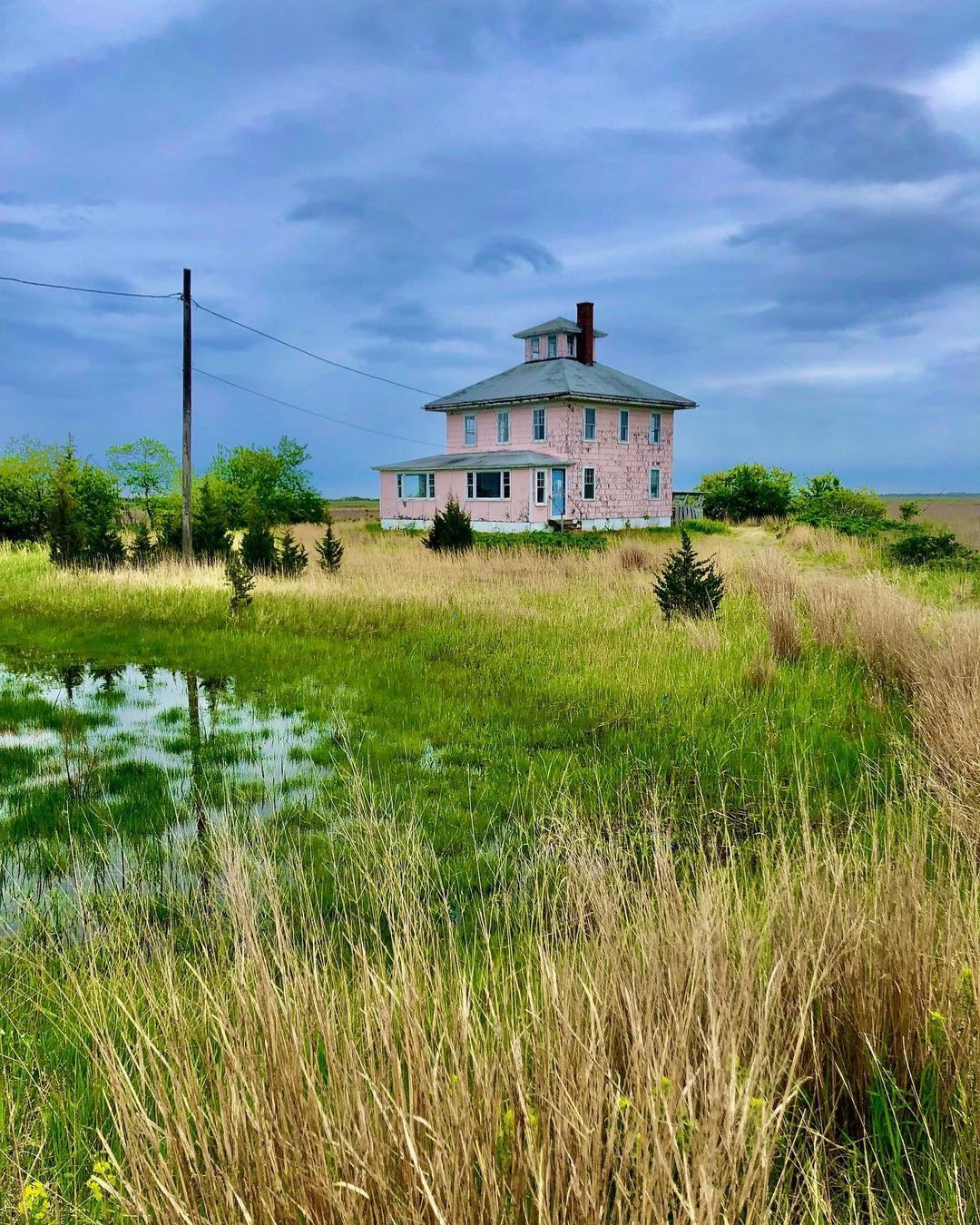|
Almost all of us are familiar with a house appraisal. For the average home, it's a pretty simple process. You hire someone, pay a few hundred dollars and get your report in a week or so. But this is another way that The Pink House is not an average home! That is one thing Support The Pink House (STPH) has learned again and again on the mission to save and restore the house on behalf of the community. Getting an appraisal was the first step to learn IF the house could be traded to new ownership in a land swap. Because it is now owned by the federal government, far more stringent standards and processes are required -- in this case, something called a Yellow Book Appraisal. It is an extensive study to determine the "highest and best use" of The Pink House and its land. Among other things, that includes a study of nearby home owners and the general area, finding comparable (which really are nearly impossible to find for such a special property), talking to the municipality, builders who assess structural value and a plethora of other factors. Because so much research is involved, the appraisal can take 2-3 months, cost around $5000, and deliver a report of 60 or more pages! For this purpose, we asked that The Pink House be appraised with a little over an acre, which includes all the upland upon which it sits. Since The Pink House can't be sold at this time, the purpose of this step was to establish an approximate value for The Pink House and its acre, so the land the FWS could add and conserve via trade could be located. Once we completed this step, it allowed FWS to begin looking for suitable land and STPH to move on to the next step which we will cover in the next blog post. A word about a land swap. The US Fish and Wildlife's mission is to conserve land and the habitats for wildlife, in perpetuity. Buildings or structures rarely figure in to their plans. If they acquire land that happens to have a structure on it, as was the case of the 3 parcels totaling 9.29 acres that came with the purchase of The Pink House, they often demolish it. Marsh land or even forested land is far less expensive per acre than a residentially zoned house, even with only one acre, located off an often busy Plum Island Turnpike. In other words, trading a house they do not want on one acre, while saving the subsequent costs to demolish it, remove the debris safely, and fill the hole left, could get them many more acres of marsh or grasslands to conserve in return. FWS could conceivably acquire 50 to several hundred acres in trade for this one and The Pink House. The trade would be so much more beneficial to the FWS and their mission, while keeping the house in the community, able to be restored and available for use it would be a complete win for the region as well as the FWS! This win/win outcome is exactly why we partnered together in this endeavor, and have stayed committed to it, as we explored one possible solution after another. We were completely unfamiliar with this concept when we began working to save The Pink House, and had no idea the epic journey we were taking on as locals who rose to volunteer to do this on behalf of the overwhelming public concern to keep this iconic house in our region. We had to learn every single bit - and so know the public would likely be just like us, and want to understand it just like we did.
So we're creating a series of blog posts, each covering a step in the process to see if the house was able to be traded at all - and if so, take you all the way through with us to the successful ending! Stay tuned. and bookmark this page, so you can learn about each step the volunteers for Support The Pink House took on your behalf to see this beloved, iconic Foursquare with it's unique silhouette stand and be restored in perpetuity!
0 Comments
Your comment will be posted after it is approved.
Leave a Reply. |
CategoriesArchives
June 2024
|
|
Support the Pink House, Inc.
61 Pleasant Street, PO BOX 131, Newburyport, MA 01950 |




 RSS Feed
RSS Feed